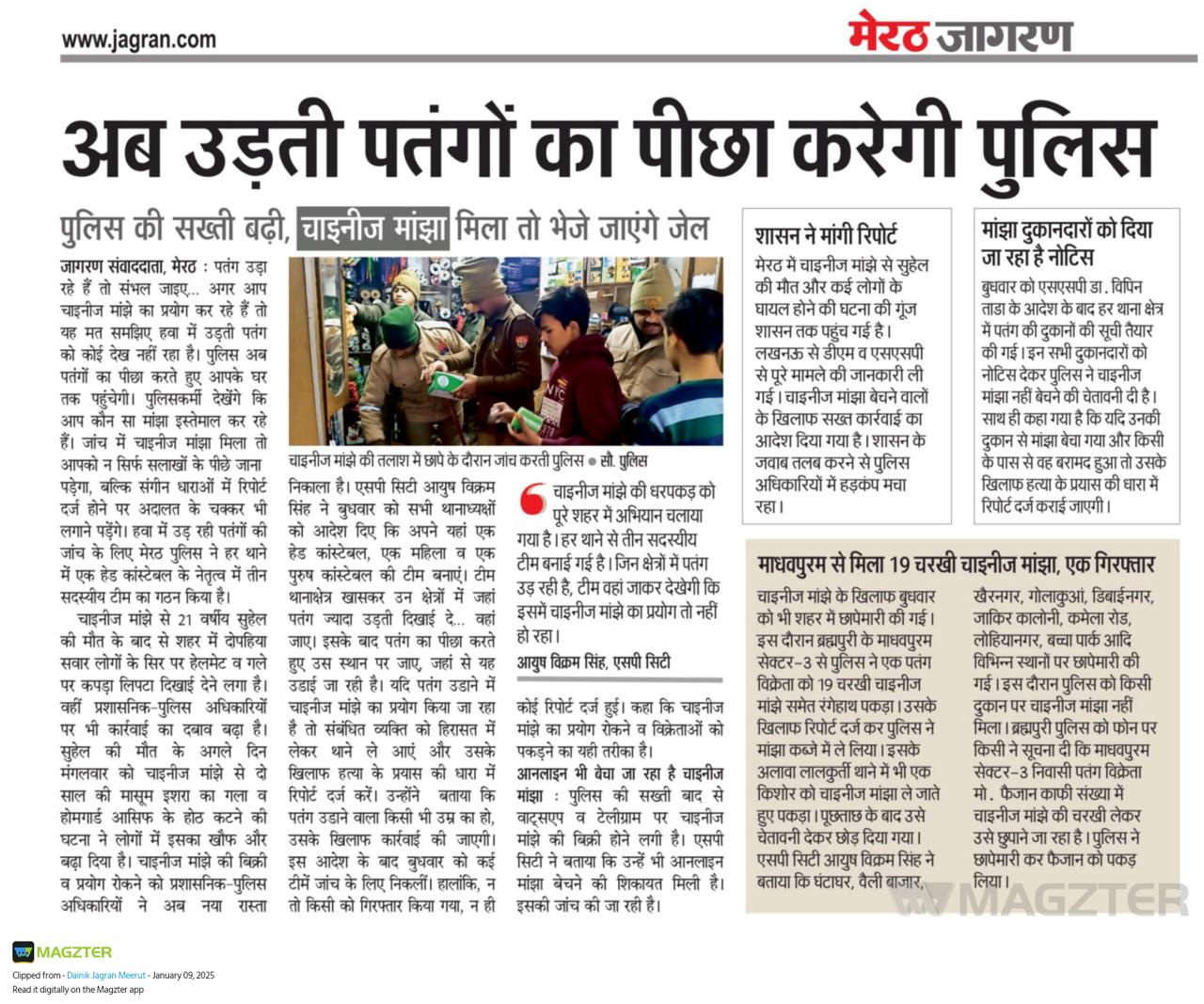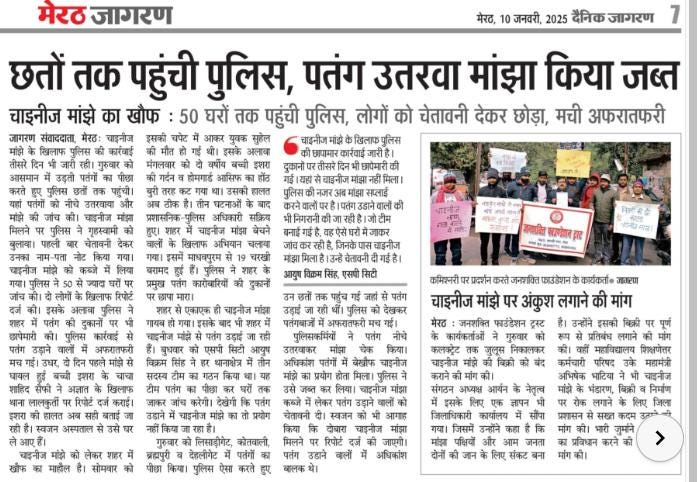2024 was the warmest year on record
The critical 1.5C target was breached for the first time
Let's kick off the new year with some bad news (There will be some scope for a smile at the bottom of this newsletter).
2024 was the hottest year on record, as 2023 was before 2024 came along.
But, 2024 was the first time global temperatures breached a critical threshold, the 1.5C target which is (was?) the aspirational target under the Paris climate agreement.
In the 2015 agreement, countries had pledged to limit global temperature rise to well below 2C above pre-industrial levels and pursue efforts to limit temperature rise to 1.5C.
That 1.5C was breached in 2024 with an average temperature of 1.6C, according to data release by Europe’s Copernicus observation agency.
To be sure, a single year breach doesn't exactly mean that the target has been missed because the Paris target is measured as an average of several years. But, no one is betting on 2025 to significantly improve that average
So, the Paris target is decidedly under threat. Copernicus also said that the years, from 2015 to 2024, were the 10 warmest on record.
Some scientists are expressing concern that the world is warming at a rate faster than expected and that some unexpected factor, or tipping point, has kicked in which has destabilised the climate.
For instance, the first half of 2024 was expected to be much warmer because of the natural El Niño phenomenon that typically leads to warmer than usual oceans and thereby higher global temperatures. But, temperatures remained high even in the second half of the year when the El Niño had dissipated.
Concerns have emerged over how the oceans were slower to cool in the second half of 2024 than would be expected.
Last year, we also got a taste of how dangerous life can be in a 1.5C warmer world – the Valencia floods, the Afghanistan-Pakistan flash flooding, the Amazon drought, the US hurricanes.
Why 1.5C matters
At 1.5C, we already see more frequent and intense heatwaves, rising sea levels threatening coastal communities, widespread biodiversity loss, wildfires such as the ones currently raging in California.
Exceeding this threshold increases the likelihood of crossing irreversible tipping points in Earth’s climate system. These include accelerated ice sheet melting in Greenland and Antarctica, which on the one hand would lead to catastrophic sea level rise and, on the other, would lead to still more warming because the ice sheets also reflect sunlight back into space.
The year 2024 should serve as a stark warning that these risks are no longer distant possibilities—they are unfolding in real time.
As the scientist Samantha Burgess said, “We are now living in a very different climate than our parents and grandparents experienced.”
What Does This Mean for Climate Targets?
The breach of the 1.5C threshold does raise critical question about the feasibility of meeting long-term climate goals, particularly those under the Paris Agreement. Scientists now fear that the Paris aspirational target of 1.5C could very well be dead.
Not breaching the 2C target will be a challenge too, especially as political commitment to climate action is at a low with the election of Donald Trump as US President.
At the same time, it will increasingly be important to scale up adaptation measures to cope with climate impacts that are already occurring and are unavoidable.
In other news
One of my more tolerable habits is reading Hindi newspapers from my hometown, Meerut, almost every day. Invariably, they contain a story or a headline that I find funny. I often share them with a few of my friends, who also find them funny.
Some of those friends have suggested that I start a newsletter around these funny stories. (h/t
)But, starting a new newsletter might be an aspiration too far, seeing as I can barely keep this one alive.
So instead, I’ve decided to include these stories in Unequal from time to time. If the humour lands, it will serve as a welcome comic break from the despicable state of the world that I tend to write about.
Here goes the story of this week.
For those who cannot read Hindi, the headline says, “The police will now chase flying kites.” I think it’s funnier in Hindi, but if you can come up with a better translation, please share.
The real story, however, is not funny. Abrasive strings are used to fly kites during the winter in north India. These are extremely dangerous for people and birds, as they can kill if one gets entangled.
Recently, in one such incident in Meerut, a 21-year-old lost his life after getting entangled with the abrasive string. The police claim the string originated in China.
What is not entirely clear to me is why and how the local media and administration came to the conclusion that the purported Chinese string poses a bigger threat than, presumably, local made string.
It is also not clear why the proposed solution is to chase kites from one rooftop to another.





